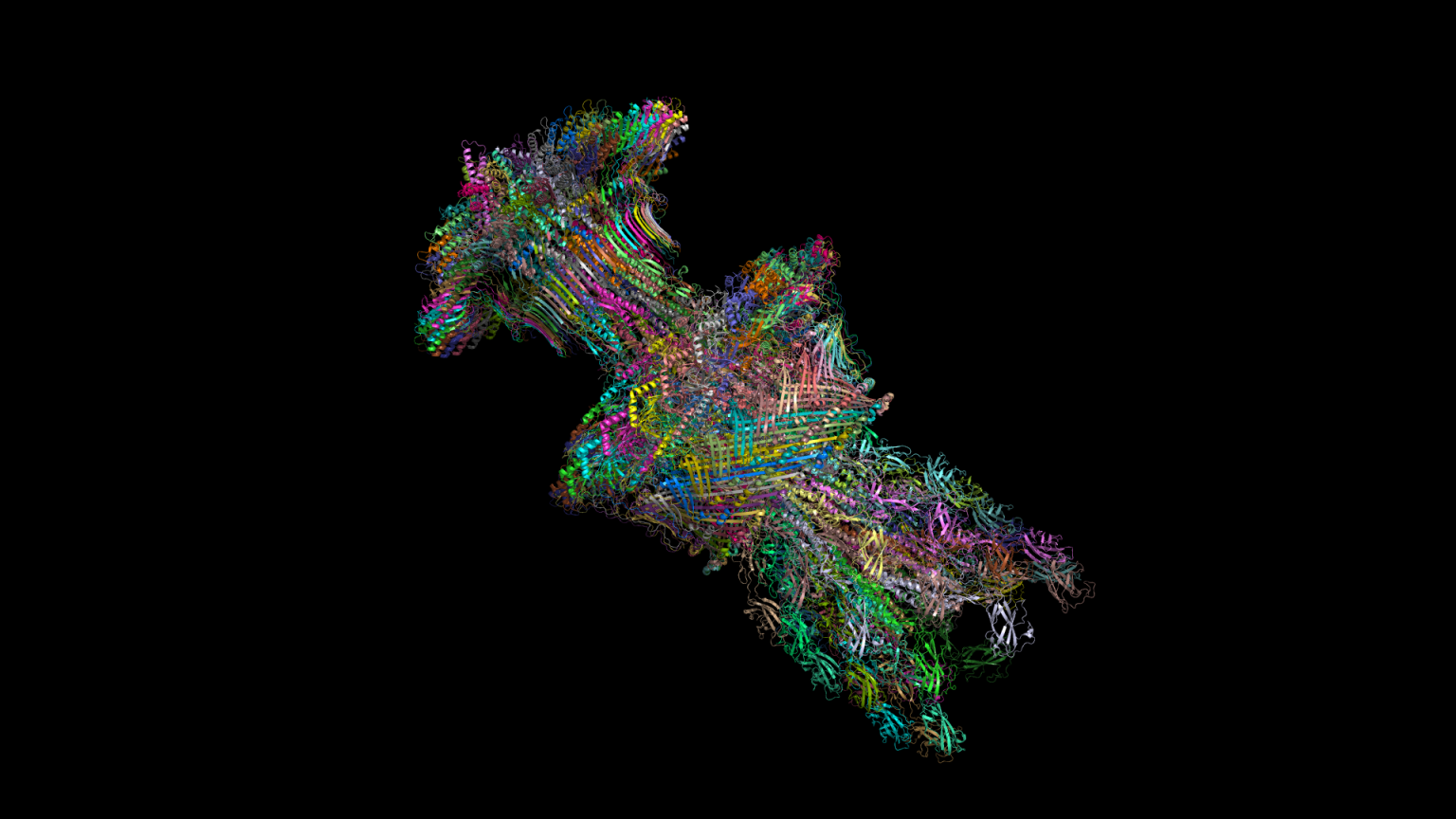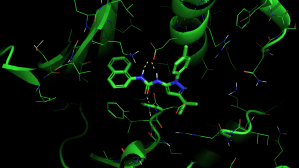PyMOL 3
A modern advance in molecular visualization and animation

A modern advance in molecular visualization and animation

Hundreds of thousands of scientists worldwide choose PyMOL to view, share, and analyze their molecular data.
In addition to being lightweight and fast, PyMOL creates images of peerless visualization quality, while offering the flexibility of Python-based development and scalability.




Micelle formation

Carbon nannotube
Cas9 inhibition in Scenes panel

Docking pose

DNA with transparent surface
Creating a simple movie in PyMOL 3

p38 binding

Aspirin binding site

APBS electrostatics GUI

Flagellar motor-hook complex from Salmonella

Aspirin animated











Get answers to common questions and learn best practices for using Schrödinger’s software.
Learn how to unlock the power of movie making in PyMOL with our Visualizing Science with PyMOL 3 Online Certification Course.
Community-run support site that provides detailed pages on various features and commands. Additional resources and examples can be found in the “Quick Links” section.